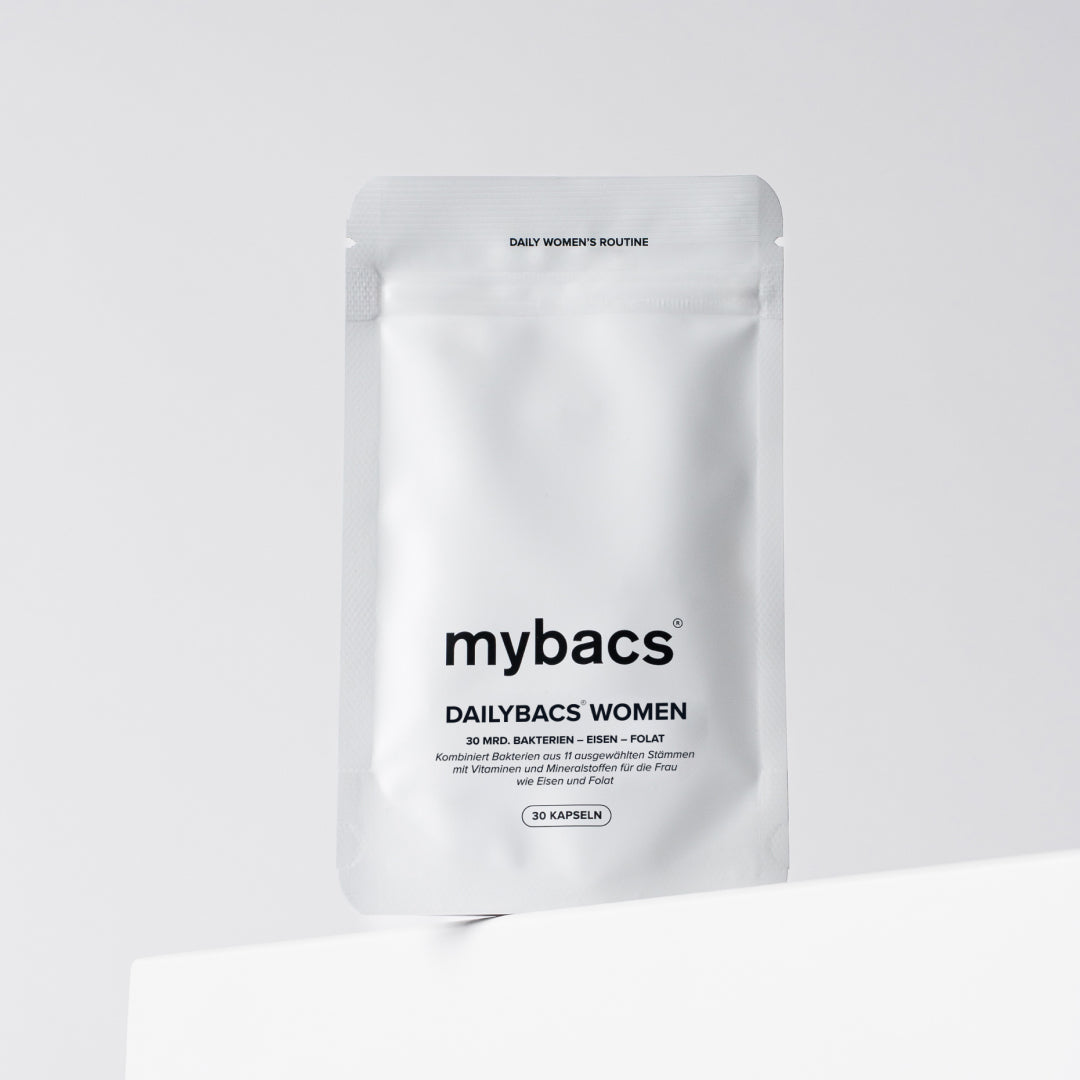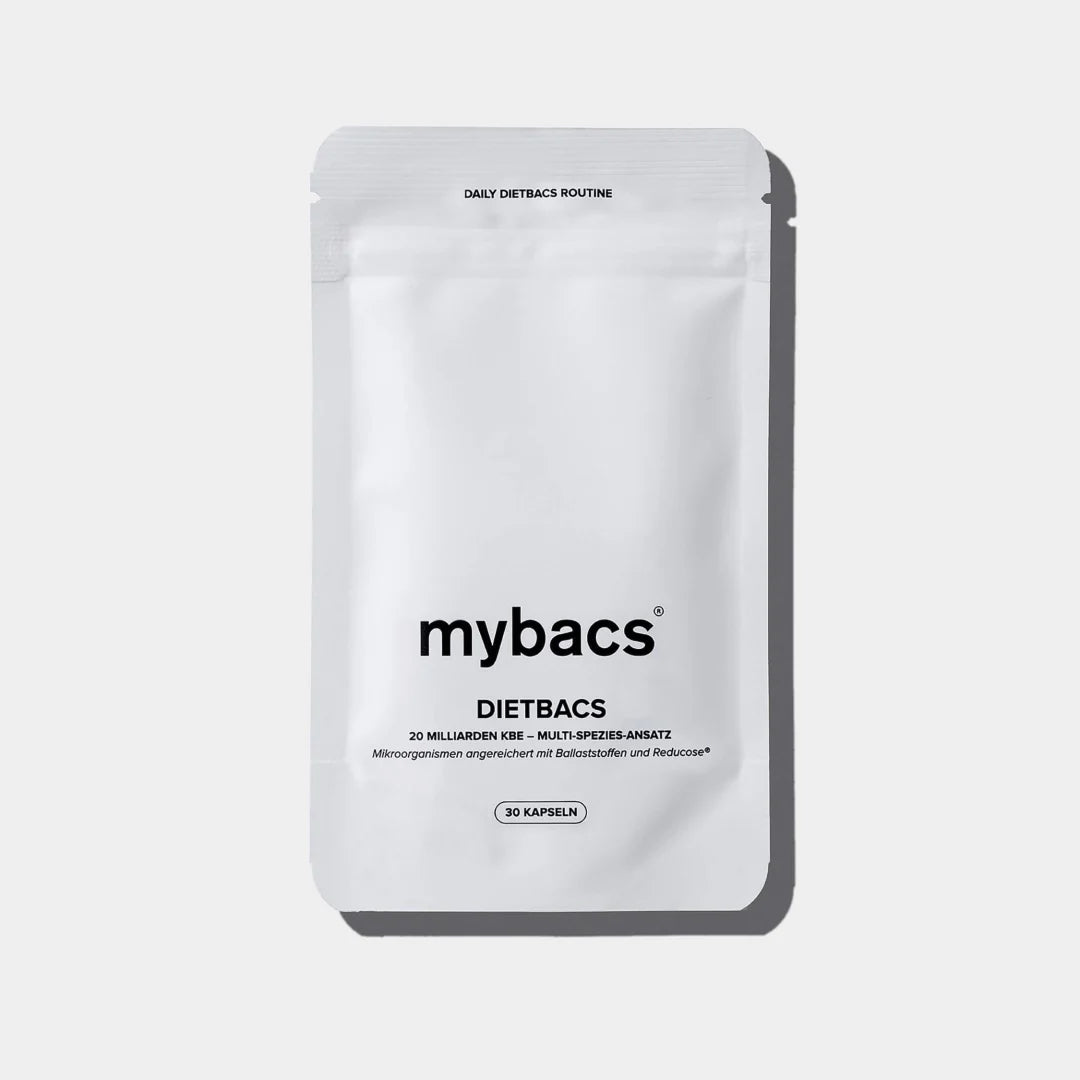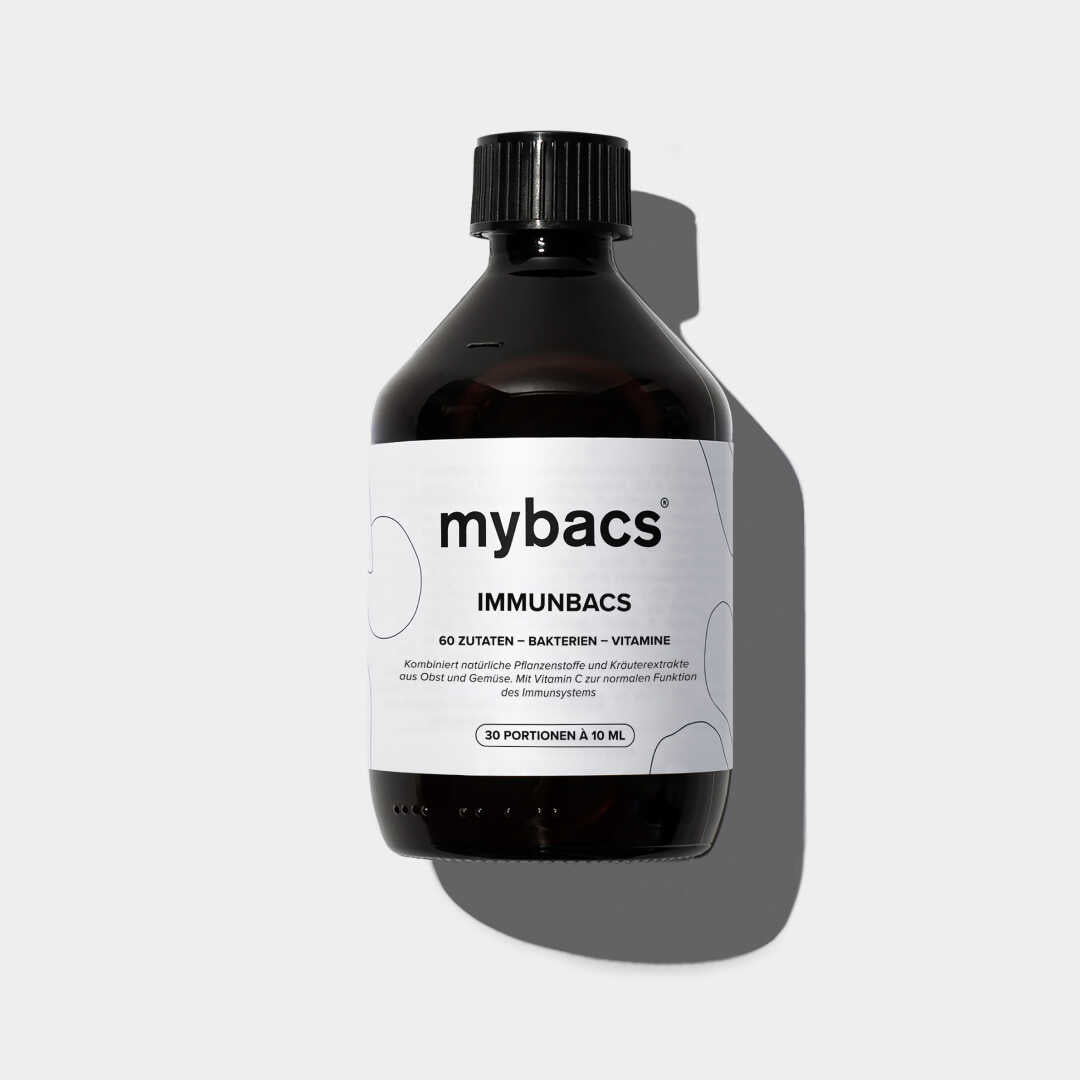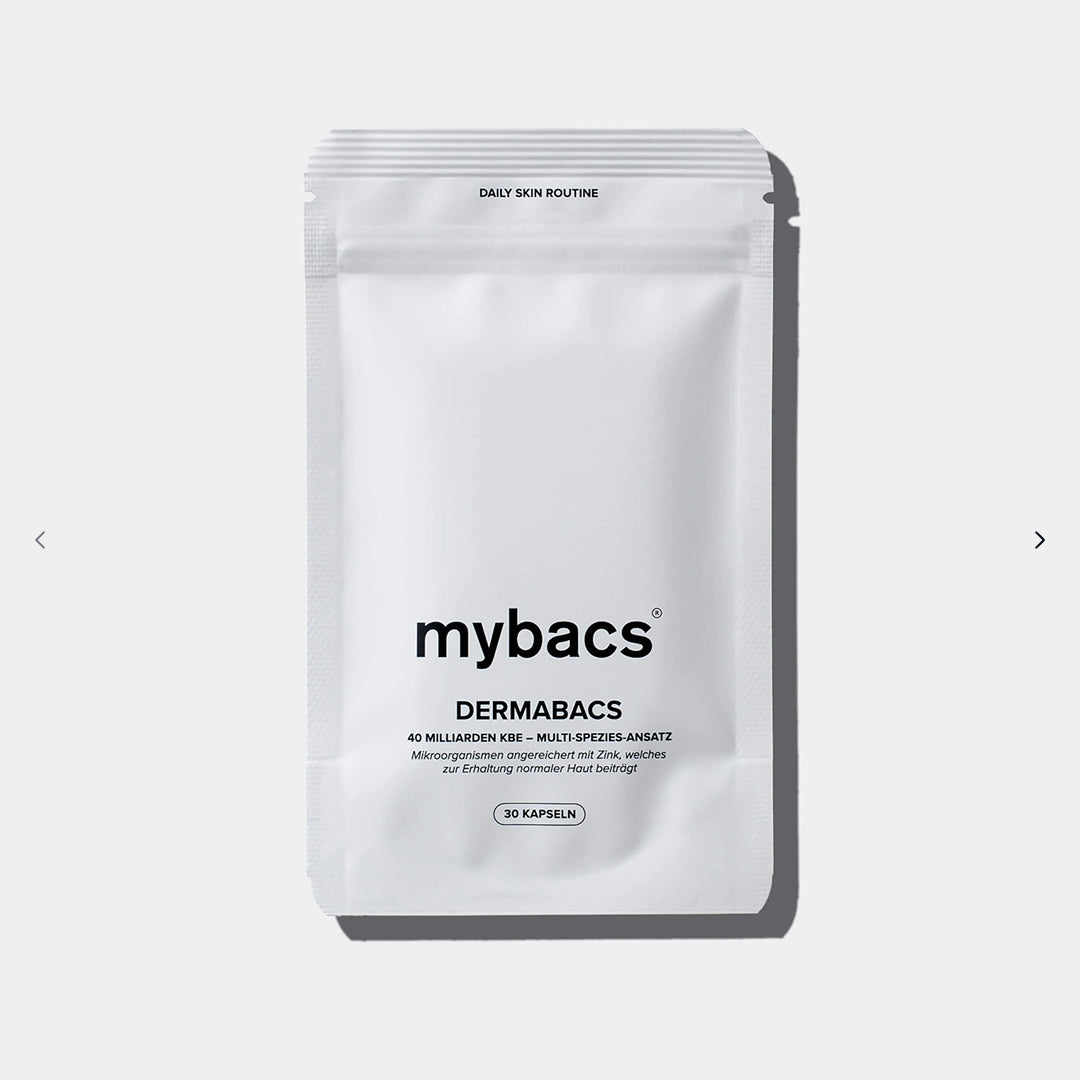We will first give you a brief insight into the basics of Ayurveda and then show you four ingredients that play an essential role in the Ayurvedic diet, but also partly in our AddOn Mood Up .
The three main energies
At its core, Ayurveda, the “science of longevity,” believes that the body has three main energies (also called doshas). These three doshas (vata, pitta, kapha) are said to determine how our body behaves and reacts to everything from stress to emotions to certain foods.Vata (air and space)
Vata is represented by air and space and is said to control breathing, heartbeat, and muscle and joint movements. It is also said to control anxiety, fear, pain, and other functions of the nervous system.Pitta (fire and water)
Represented by fire and water, Pitta is said to control bodily functions such as metabolism and digestion while also controlling emotions such as anger, hatred and jealousy.Kapha (earth and water)
Kapha, like Pitta, is represented by water but also by earth. It is believed to control the physical structure of the body, the immune system, and emotional responses such as forgiveness, calm, love, and greed.If one of the three doshas is out of balance, illnesses can occur. Symptoms such as bloating, skin rashes, pimples, itchy skin, sore gums, anxiety, fatigue, excessive flatulence and even bad moods can occur. In Ayurveda, digestive problems in particular are the first stage of illness. To prevent this from happening, it is important to recognize the symptoms and counteract them with the help of certain foods and drinks. There are a few basic do's and don'ts that we will briefly outline here:
You should avoid the following if possible:
- Irregular meals, create a routine
- Only eat when you are really hungry and not out of boredom
- Do not mix hot and cold foods
- Make sure your food is not too dry
Instead, support your digestion by
- lots of warm food and...
- eating high-quality, fresh food.
- Enjoy your food and chew slowly
- Use lots of herbs and spices (see below)
Spices in Ayurvedic Nutrition
Spices have a special meaning in Ayurveda. It is recommended that every meal should contain all six flavors known to us, the “rasas” - bitter, tart, salty, spicy, sour and sweet. This would strengthen your own doshas, because according to the doctrine, spices are medicinal products that are used in everyday life. Therefore, the spice cuisine in Ayurveda is correspondingly varied and intense. We will now introduce you to four of the main characters:a) Ashwagandha
The Ashwagandha root (Withania somnifera) has been used in Ayurvedic natural medicine for over 2000 years . Its variety of effects makes it one of the most important medicinal plants. Its areas of application include vitality and fertility. The root is also known as "sleeping berry", "winter cherry" or "Indian ginseng". The high proportion of withanolides can be held responsible for the positive effects on health. Withanolides belong to the steroidal lactones, which in their chemical structure are very similar to the structures of steroid hormones. Ashwagandha is also a real happiness maker, because the root helps to increase stress resistance, can have a mood-lifting effect and improve brain performance. It grows mainly in India and belongs to the nightshade family. Ashwagandha is so valuable as a food because it contains adaptogenic plant substances, i.e. the active substances that make plants and fungi particularly adaptable. Their abilities also benefit us humans. We also use Ashwagandha in our AddOn Mood Up.b) saffron
The “gold of the Orient” is also very well known outside of Ayurvedic cuisine, also under the name Sunshine Spice. The spice has a long and mythical history behind it; it was already considered a luxury item in Roman times, mainly because of its difficulty in obtaining it, and is still probably the most expensive spice in the world today. What we know as saffron is actually the stigma of the saffron crocus flower. Today we know that it is not only difficult to obtain, but also full of nutrients. Saffron mainly contains minerals such as calcium, potassium, magnesium and iron. Saffron also contains vitamin C and vitamin A. Not only is saffron considered to be antispasmodic for menstrual cramps and to aid digestion, but recent studies have also shown that the ingredient safranal can increase the serotonin content in the body and the ingredient crocin can increase the dopamine and noradrenaline levels. That is why saffron is also considered a mood enhancer and thus secures its place in our AddOn Mood Up.c) ginger
The root may look inconspicuous, but it has a lot to offer when it comes to healing properties. In fact, the tuber has been used in Ayurveda for thousands of years. Here, the root is often used in powder form as a real all-rounder, as it is considered to be antioxidant and anti-inflammatory. It is the gingerols contained in ginger that make the plant so special. They calm your entire digestive tract and can relieve flatulence and cramps. Sounds like a really good little helper, doesn't it? But ginger can do even more: Studies have shown that gingerol can actually inhibit tumor growth in various types of tumor. However, these findings require much more clinical research.d) Turmeric
Also known as turmeric, it has many similarities to the ginger plant. Many people will know turmeric from the popular curry dish. Turmeric gets its intense yellow color from the coloring agent curcumin - and this is precisely what is attributed to numerous positive effects on health. Many scientific studies have proven that curcumin has positive effects, especially on the gastrointestinal tract. Constipation or a feeling of fullness can be alleviated and, as it has an anti-inflammatory effect, regular consumption can even have a positive effect on irritable bowel syndrome with constipation. It is important to know that the valuable ingredient in turmeric is difficult for the body to utilize. At the same time, you should not consume a lot of turmeric without thinking twice; the WHO, for example, recommends a daily dose of up to three grams of turmeric powder.So, that was our brief insight into Ayurvedic nutrition for you! We hope you have learned something new and of course we are always happy to receive feedback!
If you would like to test the effects of saffron and ashwagandha for yourself, then try our Dailybacs in combination with the Add On Mood Up and see for yourself the power of the Ayurvedic medicinal plants!
Sources
- de Lima RMT, Dos Reis AC, de Menezes APM, Santos JVO, Filho JWGO, Ferreira JRO, de Alencar MVOB, da Mata AMOF, Khan IN, Islam A, Uddin SJ, Ali ES, Islam MT, Tripathi S, Mishra SK, Mubarak MS, Melo-Cavalcante AAC. Protective and therapeutic potential of ginger (Zingiber officinale) extract and [6]-gingerol in cancer: A comprehensive review. Phytother Res. 2018 Oct;32(10):1885-1907. doi: 10.1002/ptr.6134. Epub 2018 Jul 16. PMID: 30009484.
- Tapsell LC, Hemphill I, Cobiac L, Patch CS, Sullivan DR, Fenech M, Roodenrys S, Keogh JB, Clifton PM, Williams PG, Fazio VA, Inge KE. Health benefits of herbs and spices: the past, the present, the future. Med J Aust. 2006 Aug 21;185(S4):S1-S24. doi: 10.5694/j.1326-5377.2006.tb00548.x. PMID: 17022438.
- Dr. Kulreet Chaudhary; Like being reborn through modern Ayurveda, Riva Verlag (7th edition) 2019
- https://beyond-nutrition.com/blogs/beyond-magazin/ashwagandha-the-important-facts-for-ayurveda-healing-root )
- https://www.aok.de/pk/magazin/ernaehrung/lebensmittel/kurkuma-wie-hilft-es-unserer-gesundheit/





